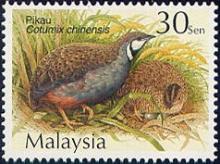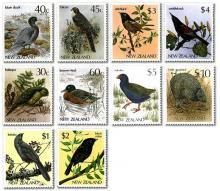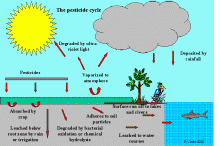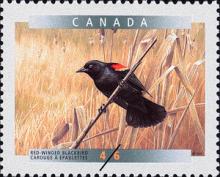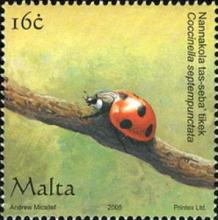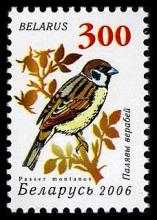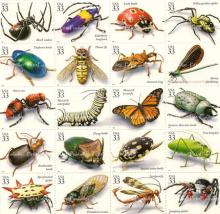Immunotoxicity and disease resistance in Japanese quail (Corturnix coturnix japonica) exposed to malathion
The purpose of this study was to evaluate the impact of malathion on the immune system of wild birds, using Japanese quail (Coturnix coturnix japonica) as a model. Quail were exposed to malathion in drinking water at environmentally realistic concentrations (0 ppm, 1 ppm, and 10 ppm). In the fifth week, several arms of the immune response were tested using the T-cell based phytohemagglutinin (PHA) skin test, the B-cell mediated antibody response, and the chemiluminescence assay measuring innate immunity. After the sixth week of malathion exposure, quail were challenged with E. coli O2. The bursa of Fabricius and the spleen were assessed for histopathology.

